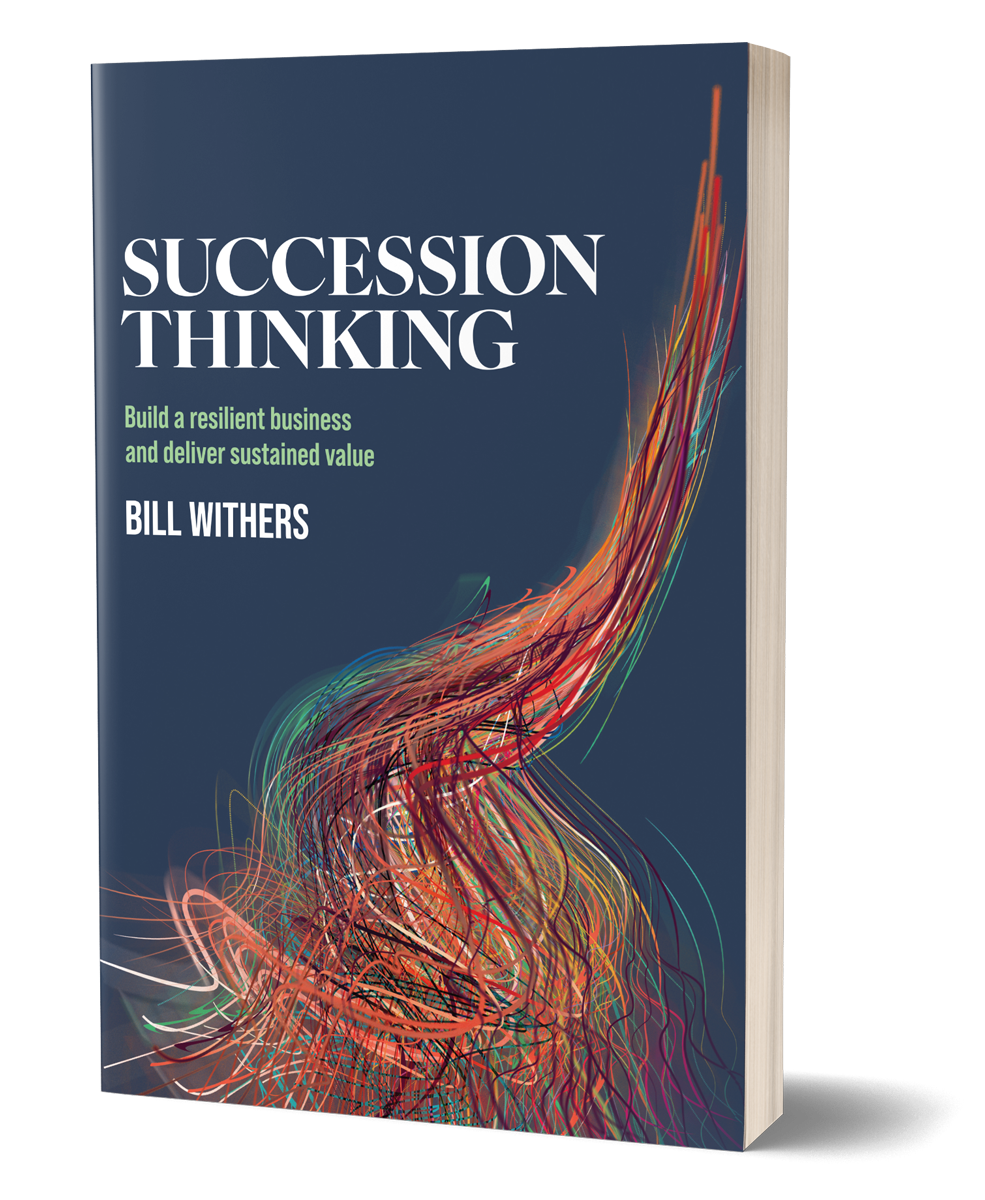SUCCESSION THINKING
Build a resilient business and deliver sustained value.
Succession Thinking™ is a business-building approach designed to help SME owners build resilient businesses that can succeed beyond them.
This book supports business owners to clarify what they want and how to achieve it, by implementing the five core principles of Succession Thinking™.
